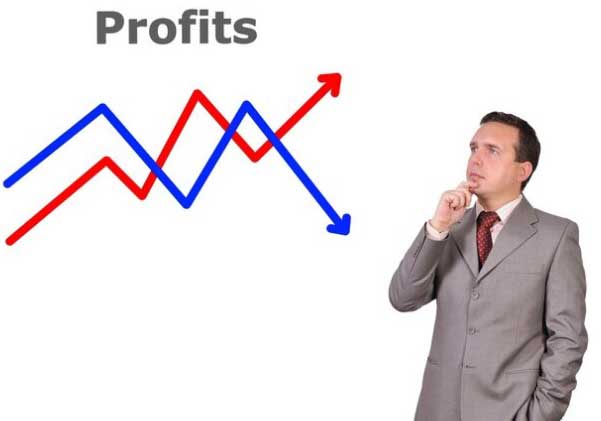Small Business Basics: Financial Management: finainsurance.blogspot.com
 |
| Small Business Basics: Financial Management: finainsurance.blogspot.com |
Just like you need air to breathe, your company needs cash flow to stay in business. Many small business owners avoid managing the money part of their business. This could be because: It may seem difficult to understand Financial statements look intimidating It’s more fun to work on marketing They have hired a bookkeeper Or maybe they are too busy It’s important to pause and look at your numbers often. Your financials tell you about the health of your company. If you are feeling intimidated by “financials” this video will help you master 3 key concepts. Small Business Basics: Financial Management
best financial planner
Our first concept is Cashflow: It is important to know when the money comes in and how it’s being spent. You want to ensure your bill collection and payments are on time. Doing this will help you stay on track and plan for emergencies. If you run a seasonal business like a landscaping company, your cash inflow for the entire year may happen in just a few short months. You will need to plan for costs such as rent and utilities when business slows down.
best finance
The second concept is start-up costs: To calculate your start-up costs, list all expenses you can think of that might be required for starting your business. There is no magic formula beyond that. When you're in the planning phase you may find some costs that aren't yet covered by sales. Knowing these costs allows you to know how much cash you should have in the bank before starting your business. Here are a few examples of start-up costs:
best budgeting planner
One time expenses such as permits, licenses, registration fees, logo design, business cards, website, down-payment on a rental property, and leasehold improvements Ongoing expenses such as rent, payroll, taxes, accounting services, Small Business Basics: Financial Managementinsurance, utilities Investment in assets such as equipment, inventory, furniture, and vehicles Finding these costs will allow you to know how much money you need to personally invest and/or finance to get started. Just add them all up and you have your number. See, that was easy! Our final concept is the “breakeven point”.
best motorcycle financing
So, you want to start recovering your costs, paying your expenses, and generating a profit from your business? You will need to know how many products and services you must sell, and at what price you need to sell them at. To do this, start by understanding your company’s break-even point. The break-even point is the point at which your sales will exactly cover your expenses. Determining the break-even point allows you to know the level of sales needed to cover all costs and start earning a profit. To calculate this number, you need to know three things: Fixed costs are costs that your business pays whether you have sales or not. Small Business Basics: Financial Management
best money management companies
These items include rent, taxes, salaries, and any other monthly expenses that do not change. Whether you sell one product or 20, you still need to pay these expenses. Variable costs are costs that change based on your number of sales. For example raw materials, factory labor, and sale commissions. Finally, you'll need to determine your selling price for your product or service. Remember, whether you're just starting in business or creating a new product or service line for an existing business, you can adjust this selling price up or down as you start to calculate. Here’s an example: Quality Totes Ltd. is a new company wishing to produce designer handbags. The company has calculated that it has fixed costs that consist of its utilities, owner salary, rent, and property taxes. Small Business Basics: Financial Management
best personal finance
Those equal $80,000 per year. Their variable costs are the raw materials (leather, fabric, clasps), one part-time contract seamstress, and one family member who has offered to work for sales commission. Based on this information, Quality Totes Ltd. Small Business Basics: Financial Management estimates their variable costs will be $18.00 per bag sold. The bags are priced at $68.00 each. At this level of sales, they must sell 1600 designer handbags per year to cover their total expenses. At this selling price and with these expenses Quality Totes Ltd. will not make any profit unless they sell more than 1600 handbags.
best financial advising companies
They will only break even and cover expenses. Try this formula for your own business. See how cutting your costs or adjusting your price impacts how many products or services you need to sell to break-even. Want to learn more about how cutting costs or adapting your price changes your break-even point? Download the break-even analysis worksheet in the Business Link online toolkit. Small Business Basics: Financial Management Now, take a long deep breath…. You’re well on your way to understanding how to manage your business’s money. Learn all you can about the other formulas you can apply to your business by downloading all the financial resources from Business Link.




